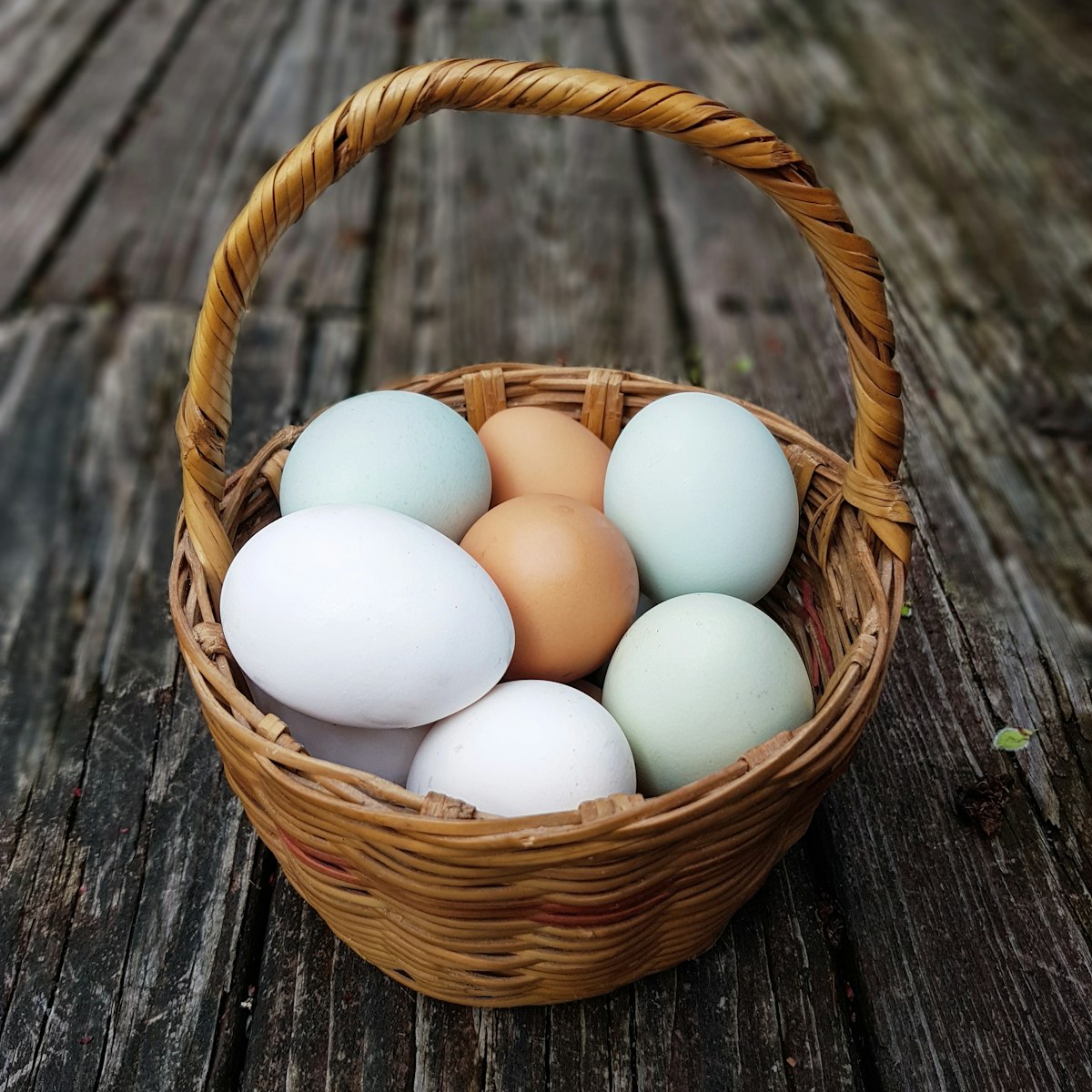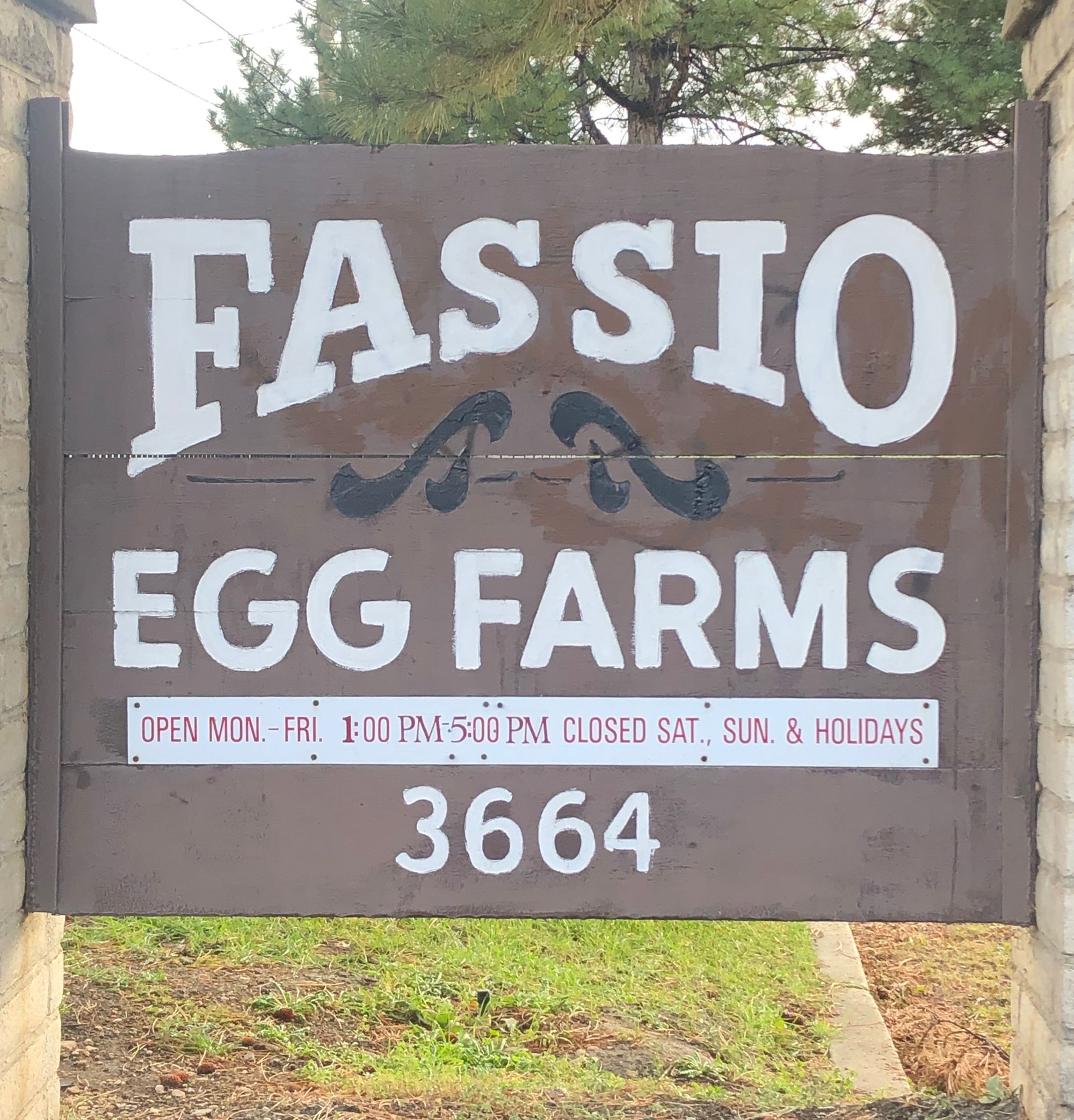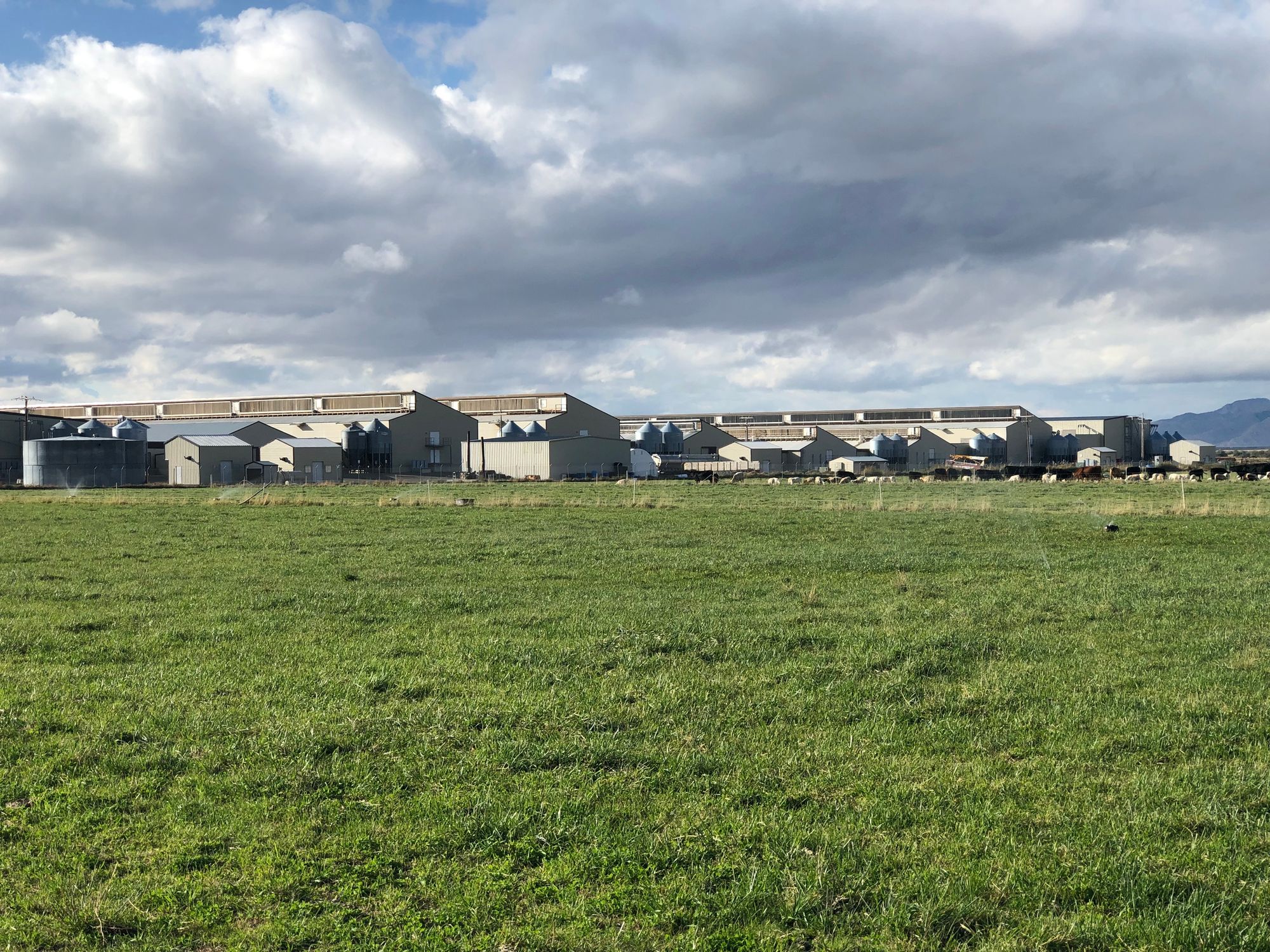Utah's 108-Year-Old Fassio Egg Farms is Acquired by Cal-Maine Foods, America's Largest Egg Producer

We estimate that Cal-Maine Foods spent between $54.1 million and $67.0 million to acquire West Valley City, Utah-based Fassio Egg Farms, giving Cal-Maine a second base of operations in Utah (the other based in Delta).
Just days after the largest egg producer in the United States announced it had entered into a "definitive agreement" to acquire Utah's Fassio Egg Farms, Mississippi-based Cal-Maine Foods (NASDAQ:CALM) announced Wednesday that it has closed that acquisition.
Officially, Cal-Maine did not disclose in its news releases or filings with the U.S. Securities and Exchange Commission how much it paid to purchase Fassio (suggesting to this author that the transaction was not considered "material" to Cal-Maine, a company valued overnight at more than $2.1 billion).
However, based upon our estimates, we believe that the Fassio acquisition likely cost Cal-Maine between $54.1 million to $67.0 million (as explained below).

Fassio's over 100-Year Journey to Becoming a Part of Cal-Maine Foods
Fassio Egg Farms got its start in 1915 when the James Fassio family moved from Wyoming to start a farm on 45 acres in Hunter, Utah (now subsumed into West Valley City).
According to the Fassio Egg Farms history, after several years of unsuccessful efforts to survive as wheat-farmers, the Fassio family acquired 50 hens in a trade for wheat, and by 1928, that initial flock had grown to 350 egg-layers, becoming the primary source of income for the family.
Today, over 100 years later, Fassio has a capacity of 1.2 million egg-producing hens, most of which are classified as "cage-free," hens typically housed indoors but not restricted to living in constraining wired cages.

According to its website, Cal-Maine Foods traces its history back to 1958 when Fred Adams began his first commercial layer operation in Mendenhall, Mississippi as Adams Foods.
Some 11 years later, Adams Foods completed a three-company merger with Dairy Fresh Products Company in California and Maine Egg Farms in Lewiston, Maine, leading the executives to select Cal-Maine Foods as the new moniker for the combined entities suggested it supplied eggs from California to Maine.
Some 26 years later, Cal-Maine became a publicly held company in 1996, and in the ensuing 26+ years, the bulk of its growth has come via acquisition, transforming the firm into the largest shelled-egg producer in the United States.
According to Meat and Poultry Online, Cal-Maine initiated its first foray into Utah when it partnered in mid-1998 as equal owners with Sunbest Foods of Iowa and California-based Olson Farms to build an egg production and marketing facility in Delta, Utah.
Slated for full-operations by 2002, Delta Egg Farm was designed to support "... 1.5 million laying hens, pullet* growing facilities, in-line egg processing and a feed mill," the article reported.
According to Manufacturing.net, Cal-Maine acquired 100% ownership of Delta Egg Farm in March 2014 from California-based Moark.
Getting to an Estimated Purchase Price for Fassio Egg Farms
Based upon data from its 2023 Annual Report (ended 3 June 2023), Cal-Maine Foods had 49.1 million egg-laying hens that produced ~275 million dozen eggs during the year. As of that date, Cal-Maine had a market capitalization of ~$2.1 billion.
By comparison, when Cal-Maine distributed its 28 September 2023 news release announcing its "definitive agreement to acquire substantially all the assets of Fassio Egg Farms," the company had a market cap of ~$2.13 billion, virtually the same valuation as it was some 17 weeks earlier.
In that September 28th announcement, Cal-Maine stated that it would purchase Fassio's
- "commercial shell egg production and processing facilities with current capacity of approximately 1.2 million laying hens, primarily cage-free,
- "feed mill,
- "pullets,
- "fertilizer production and composting operation, and
- "land located in Erda, Utah."
Six days later, October 4th, Cal-Maine disclosed that it had completed its acquisition of Fassio, an announcement made one day after Cal-Maine reported the results for its first quarter of fiscal 2024 (ended 2 September 2023).
To be clear, Cal-Maine did not disclose the acquisition price for Fassio Egg Farms in either news release or in any of its SEC filings.
Interestingly, Cal-Maine did note in its FY 2023 Annual Report that the Agricultural Marketing Service of the United States Department of Agriculture projected that given consumer demand, 70.5% of all egg-laying hens in the U.S. would need to be cage-free by 2026.
Today, 38.3% of all egg-laying hens in American are cage-free; conversely, only 20.1% of Cal-Maine's current stock of egg-laying hens are cage-free.
Clearly, this suggests the company has some serious work in front of it if it wishes to maintain its national leadership position given changing consumer expectations.
Additionally, Cal-Maine noted in its FY23 Annual Report that prices for eggs produced by cage-free hens are traditionally higher than eggs produced by birds housed in wire cages, which also bodes well for the company as it transitions to more cage-free animals.
This is germaine because virtually all of Fassio's egg-laying hens are cage-free today, which means its acquisition immediately boosts Cal-Maine's cage-free population by over 10%.
Without getting too fancy, math-wise, the data above allows us to calculate that the average Cal-Maine egg-laying hen has an annualized value range of $50.12/hen to $50.83/hen (based upon the company's market cap on June 3rd or Sept. 27, respectively).
Although we do not know the actual number of egg-laying hens Fassio has today (but its current capacity is 1.2 million producers), we do know that virtually all of its egg-laying hens are considered cage-free, birds that (as noted above) typically generate more revenue per egg than traditional egg-laying hens.
This being the case, we chose to make our calculation as if Fassio currently had 1.2 million egg-laying hens. {AUTHOR'S NOTE: This is based upon the assumption that the extra value of cage-free hens compensates for not knowing the actual number of birds Fassio has today.}
That said, presuming that Fassio's egg-laying hens produce a comparable numbers of eggs on an annualized basis as Cal-Maine's counterparts, and given the data and assumptions outlined above, plus a delta of +/- 10%, we estimate that
Cal-Maine likely paid $54.1 million to $67.0 million to acquire Fassio Egg Farms.
Obviously, such estimates are merely that and should not be used to make buying or selling decisions of any financial securities.
But we hope this exercise proves useful to you our readers.
In closing, congratulations to the Fassio family for building, and now selling, such a successful family enterprise some 108 years after the modest beginnings of your journey.
AUTHOR'S NOTE: Legislation passed into law in Utah in 2021 requires that all Utah farms with more than 3,000 hens will be required to implement "cage-free" facilities for these animals.
* — A "pullet" is an immature hen that has not reached egg-laying status.




Comments ()